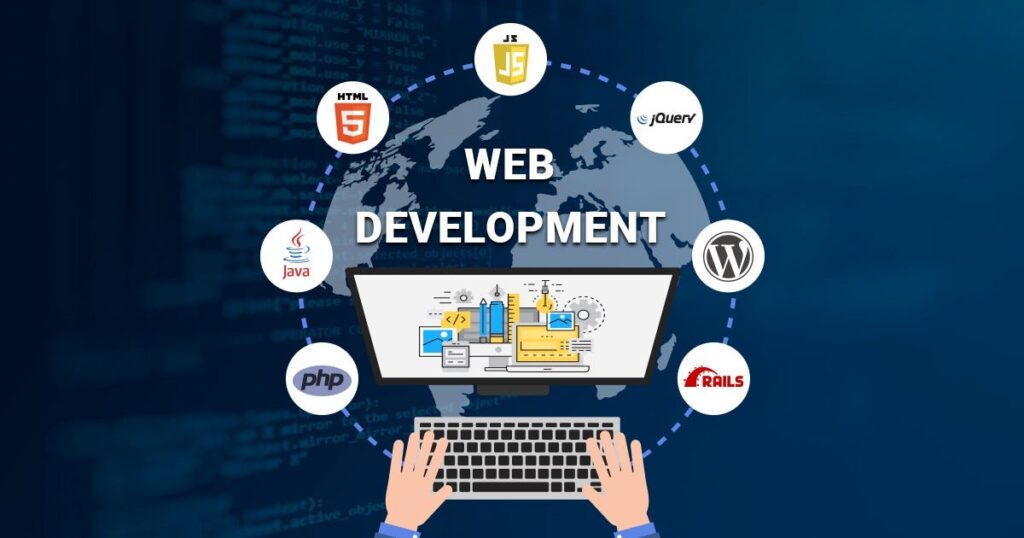Future-Ready Websites. Today.

In a world where trends shift overnight and technology evolves at lightning speed, your website can’t afford to lag behind. Whether you’re a startup, an established brand, or somewhere in between, having a future-ready website isn’t just a competitive advantage—it’s a necessity.
So, what does it mean to have a future-ready website, and how can you make sure yours checks all the boxes? Let’s dive in.
1. Built for Speed. Optimized for Performance.
Attention spans are short. If your site takes more than three seconds to load, most visitors are already gone. Future-ready websites prioritize:
Lightweight code
Image and media optimization
Server-side rendering
Lazy loading and caching strategies
Speed = retention. Google agrees—and rewards fast websites with better rankings.
2. Mobile-First. Always.
More than 60% of web traffic comes from mobile devices. A future-ready site isn’t just mobile-friendly—it’s mobile-first. This means:
Responsive design across devices
Tap-friendly navigation
Prioritized content flow for small screens
If your site isn’t seamless on mobile, you’re already losing leads.
3. SEO-Ready from Day One
A beautiful site is pointless if no one finds it. A future-ready website comes optimized for:
Core Web Vitals
Structured data and schema markup
Clean URL structures
Fast indexing and crawling
Great SEO starts with great site architecture.
4. Built with the Latest Tech Stack
While the “best” stack depends on your project, future-forward sites often leverage:
Jamstack architecture for faster, more secure performance
Headless CMS for flexibility and omnichannel publishing
Progressive Web App (PWA) features for app-like experiences
This isn’t just about being trendy—it’s about staying adaptable.
5. Designed for UX. Backed by Data.
Your users should glide through your site, not struggle. Future-ready websites focus on:
User-centered design
Clear CTAs and navigation paths
Conversion-focused layouts
Heatmaps and analytics integration to constantly improve
Because great design is where form meets function.
6. Secure Always
Cybersecurity isn’t optional—it’s a priority. That means:
SSL encryption
Regular updates and patches
Secure hosting environments
Protection against common attacks like XSS and SQL injection
Your website is your digital storefront—keep it locked.
Key Benefits
| Feature | Why It Matters | Key Benefits |
|---|---|---|
| Speed & Performance | Fast-loading websites retain visitors and improve SEO. | Higher engagement, better rankings, lower bounce rates |
| Mobile-First Design | Majority of traffic comes from mobile devices. | Seamless user experience across all screen sizes |
| Scalable Architecture | Websites need to grow as your business does. | Easier updates, feature expansions, future-proof development |
| SEO Optimization | Helps users find your website through search engines. | Increased visibility, traffic, and conversions |
| Modern Tech Stack | Using up-to-date technologies ensures performance and flexibility. | Faster, more secure, and adaptable digital experience |
| User Experience (UX) | Design that guides and delights users improves conversions. | Intuitive navigation, stronger brand trust, better ROI |
| Security | Protects your site and user data from breaches. | Peace of mind, trustworthiness, and compliance |
Final Thoughts
Your website is often your brand’s first impression. Is yours ready for the future?
A future-ready website isn’t just about looking modern—it’s about being adaptable, secure, scalable, and primed to perform across every screen and scenario. If you’re still stuck with a static, slow, or outdated site, now’s the time to invest in a digital experience that evolves with you.